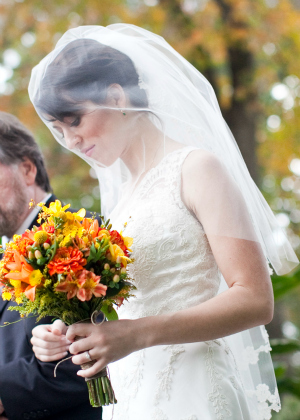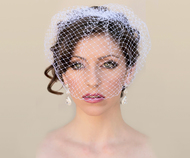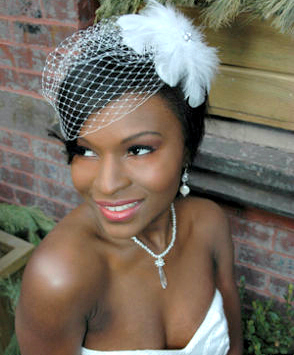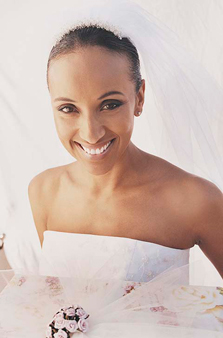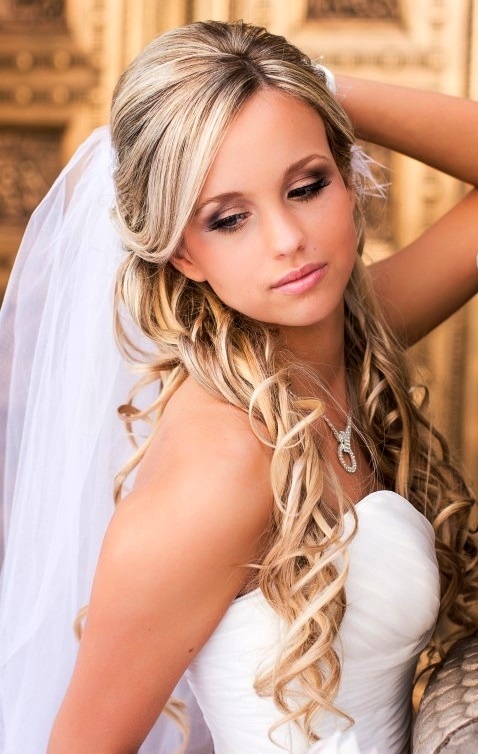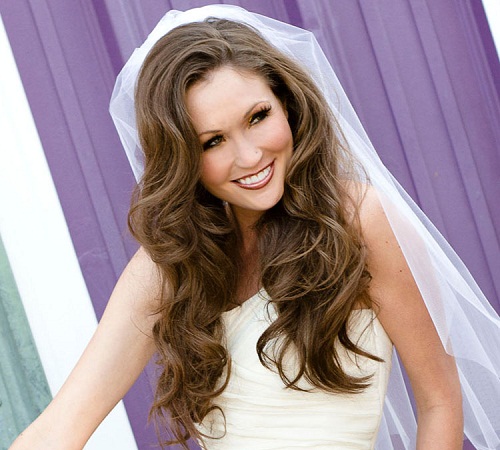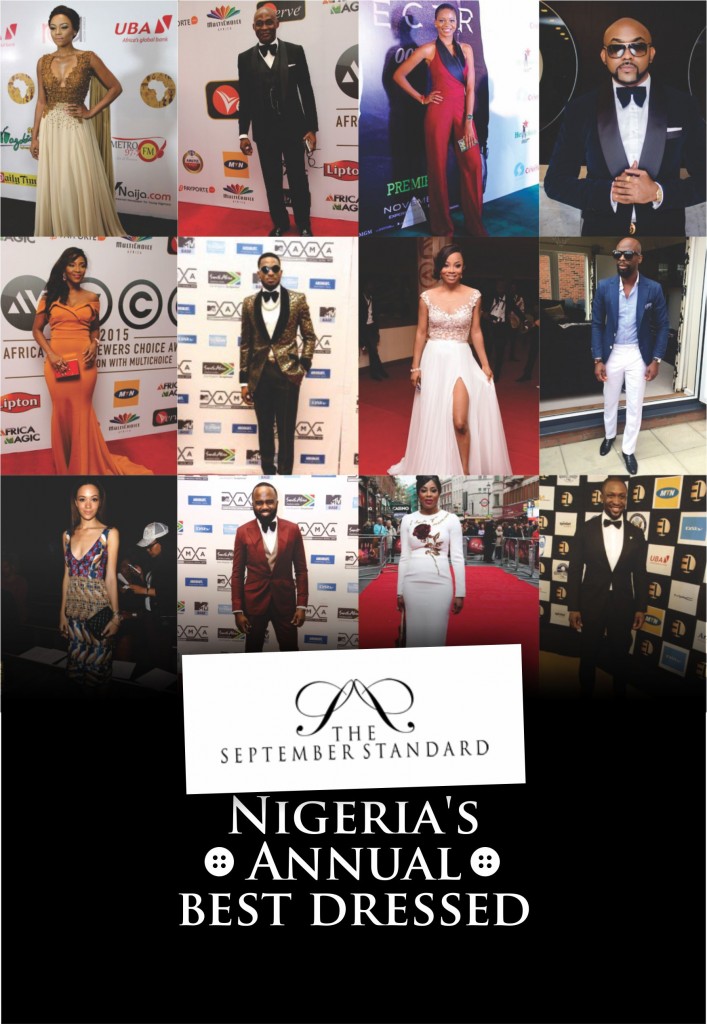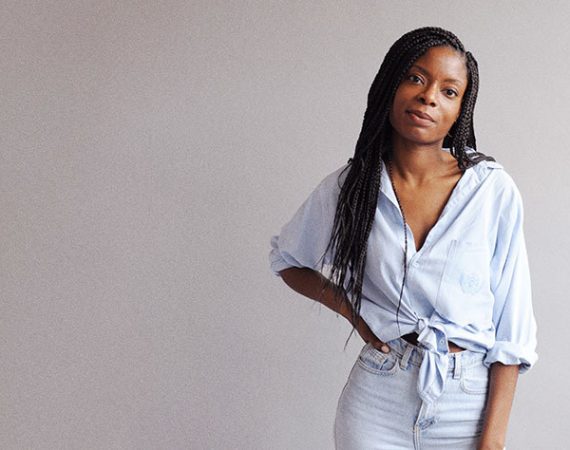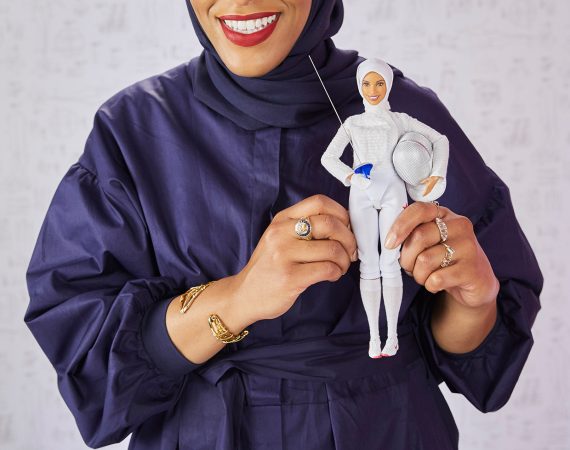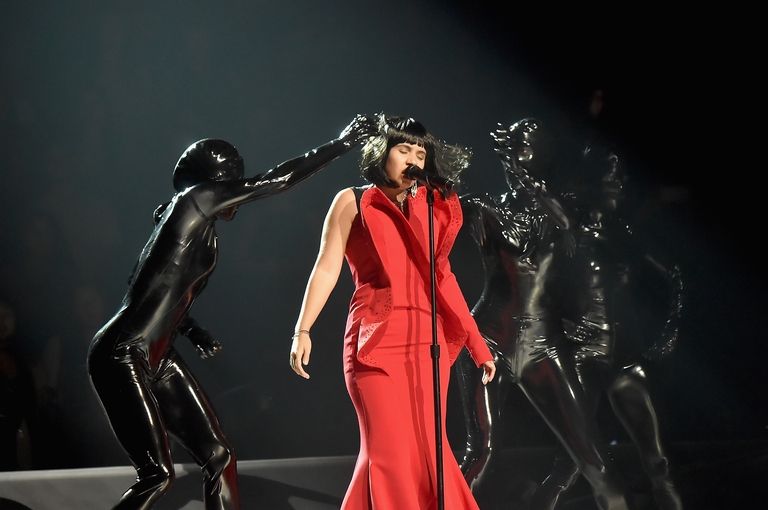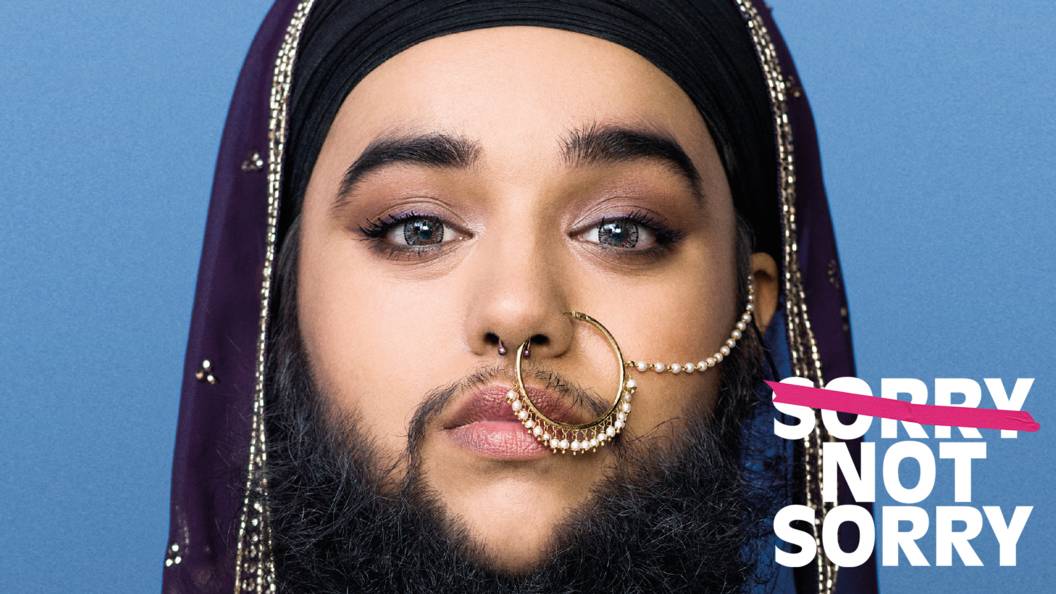Hullo Ladies,
Here are a few surefire ways to get that perfect veil that would add sparkle, elegance and of course more class to that beautiful ensemble you have chosen for your special day.
- Consider your dress: One of the most important considerations is selecting a veil that complements your dress.
- Assess where the key focal points are on your dress: For example, perhaps you have an embellished bust panel, or a back detail that you’d like to show off. In this case you need to either select a veil that ends before your point of detail, or choose a longer, sheer style/fabric that you can see the detailing through. Unless maybe you are having the wedding t a church with strict rules on your dressing, well then that’s a different consideration.
- Consider the style and the level of decoration of your gown: In general, if you have quite a simple dress, you can carry off a more elaborate veil. However, if your dress is very detailed, a simple veil often looks more flattering. Only the most formal of weddings – such as a royal wedding tend to accommodate a combination of both elaborate dress and veil.
– Wedding gowns fall under several different styles and types as i have stated before in my last article, Your veil needs to work with the chosen style. There’s the classic style, which is formal, symmetrical and usually elaborate in some way. The romantic style possesses an element of softness and usually incorporates lots of attention to detail. The sophisticated style is an understated look that is free from fussy details and the eclectic look is creative with unexpected touches. All of these factors need to be considered when choosing your veil; length, width, colour, tiers, and decoration.
- Consider the different lengths: Very short veils such as visor veils do not extend past the chin. Visor veils resemble fascinators ( worn to horse-racing events). If your gown has a high neck detail, this type of veil can work nicely. They’re a good style to pair with a sophisticated or eclectic style gown.
– Shoulder length veils( which are are around 20inches in length) They are perfectly suited with gowns that have bust, waist or lower back details.
– Elbow length veils are approximately 25inches long,this veil falls to around the elbow. These tend to blend nicely with romantic ball gown style dresses, because they end where the fullness in the skirt begins.
– Waist length veils are just slightly longer than an elbow length and suit most dress styles that do not feature a train.
– Fingertip length veils are one of the most popular lengths. When you stretch your arm out or have it by your sides it reaches your fingertips. These suit most dress styles.
– Knee length veils (I’m sure you can guess where these reach) look good with mid calf length wedding gowns.
– Chapel length veils are slightly shorter than cathedral length as I’m sure I’ve demonstrated before. These still drape to the floor and are best partnered with dresses that feature a train.
– Cathedral veils are the longest and rightfully the most elegant. Spreading a good 120inches long at least. These work best with full length, classic wedding gowns, e.g Princess Diana’s classic wedding gown or Princess Kate Middleton’s more modern yet classic wedding gown and veil.
- Consider the width: Veils usually come in three different widths that create varying degrees of fullness at both the sides and top or either.
– 54 inch width is the sleekest version, with limited fullness at the top and sides. This style you see, hangs behind your shoulders, which means it is ideally paired with gowns that feature decorative straps or sleeves.
– 72 inch width is moderate in height and width. It offers some coverage around the arms, so it is a good match for simple shoestring strap dresses. It tends to have a more romantic feel to it.
– 108 inch width is the widest and has the most fullness at the top. It comes around to cover the arms. This style is great if you are wearing a strapless dress and would love some coverage around your arms and shoulders. However, it is likely to look too overdone with a sophisticated style dress.
- Consider the colour: Your veil needs to be a suitable colour match to your wedding gown.There are several white and ivory shades, pinks beige and golds. You can also choose between a regular and shimmer finish. Shimmer veiling offers a distinct shine, which is especially evident under lighting. In contrast, regular veiling is matte in appearance. If you want to ensure an exact match, make sure you order veil swatches to match your dress.
- Figure out just how many tiers you’d like: You can choose between a one, two and three-tiered veil. The choice is largely dependent on the style of your dress.
– A one tier veil is best suited to a sophisticated look, but a romantic dress, say a ball gown always benefits from a two tiered veil. Classic dresses also tend to require at least two tiers. Multiple tier veils suit simple hairstyles because your hairstyle will not be clear to view under the layers.
– One of the tiers is usually a blusher. This is the part of the veil that is used to cover the bride’s face during the start of the ceremony. Today’s bride is free to choose whether she wants a veil that covers her face or not. It’s purely a personal decision; many brides find the idea of their grooms lifting their veil for the first kiss quite romantic.
- Choose carefully what type of extras you want to use if any: A veil can be finished in a wide variety of ways. You should select a finish that works with the style of your dress. If your dress is quite simple, you might want to choose a more decorative edge. Structured dresses tend to look good with thicker ribbon edges. Soft, romantic dresses tend to work with a simply cut edge. It is also a nice idea to mimic any of the details in your dress.
- Look at what type of face shape you have:
* Round Face: A round face is virtually as wide as it is long and looks full in appearance. When choosing a veil look for a style that will help make your face look longer and slimmer. It is preferable for your veil to reach at least shoulder length and for it to have volume on the top of your head. Avoid veils with too much fullness at the sides of the face.
* Square Face:A square face is typically wide and angular looking. When choosing a veil look for a style that will soften your face and add length. It is preferable for your veil to reach at least shoulder length and for it to have some volume on the top of the head. Circular and cascading styles can help soften the angular nature of your jawline.
* Oval Face: An oval face shape is slightly longer than it is wide, similar in appearance to an egg shape. As this face shape is well balanced, you are free to experiment with different veil styles.
* Rectangular face: A rectangular face is longer than it is wide and tends to appear narrow and angular. When choosing a veil look for a style that has width around the face,but no height at the top of the head.
- Find out your body type: did you know that your veil has the ability to help correct the proportions of your body shape? You know even if it’s just for that special day. Let’s examine the ways shall we…
-If you have a large bust or stomach, you will benefit from wearing a long veil that extends to fingertip length or below. This is because it will help elongate your upper body.
– Pear-shaped women tend to look best in veils that end at the shoulder, elbow or waist level. These lengths draw attention to your smaller points rather than the width of your hips.
– Full-figured women should ideally stick to one tier, narrow width veils to avoid adding extra volume to the look of the body. Tall women can typically carry off longer veils that are waist length or longer.
- Know early what kind of hairstyle you’ll be wearing: Your choice in hairstyle plays a big role in determining what sort of veil and head piece you can pull off.
– A heavy headpiece, long veil or multi-tiered veil all require a supportive up-do hairstyle like a bun.
– A half up/half down hairstyle will work well with moderate weights and lengths.
– If you intend to wear your hair all down, then it is probably best to stick to light weight or shorter designs.
You also need to consider the placement position on your head. Some hairstyles suit a veil that is attached to the front of your head, but others look good with veils that are attached further towards the book.
– Wide veils typically need to be worn towards the front of your head and veils that do not have gathers look better worn towards the back of the head. Your veil can be attached with a comb and pins or combined with a tiara. crown or headband. It is a good idea to buy your veil well in advance of your wedding date, so that you can take it along to your hair and dress trial.
- Know the location of the wedding: You also need to give some practical consideration to selecting a veil that is suitable for your wedding location.
– A cathedral style of veil is the ultimate show stopper if you are having a formal wedding in a large church i.e cathedral, with several attendants. However, it could be simply disastrous in another setting.
– If you are getting married in a small chapel, then it is best to stick to chapel length or even shorter. This is because you want to have the room to show off a long trailing veil. Chapel length and cathedral length veils also require frequent assistance from attendants.
– If you’re having an outdoor ceremony, there are extra considerations to be mindful of. You may have sand, wind or dirt to contend with. If you want to keep your veil in pristine condition, it is advisable to choose a knee length veil or shorter.
– Also bear in mind that in windy settings a long veil can be difficult to control. Visor veils can work well in these conditions.
– You might also like to consider the climate. For example; in hot, humid weather it’s not going to be pleasant to be swathed in full layers that could stick to your skin.
Voila! Hope these tips are/were helpful.

